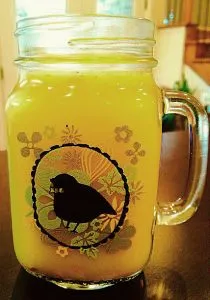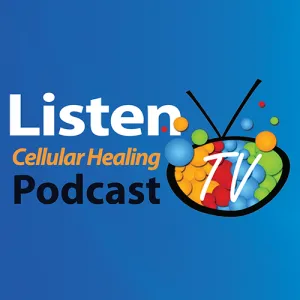- 1/2 cup raw cashews, rinsed and drained
- 3 medium raw beets
- 1/3 cup lemon juice
- 1/4 cup extra virgin olive oil + additional for drizzling
- 2 Tbsp. tahini
- 1 1/2 tsp. sea salt
- 1 medium garlic clove, minced
- Freshly cracked pepper
- Preheat oven to 400° F with the rack in the middle.
- Wash and trim the beets so the stems are about 1/2 inch and the roots about 2 inches or less.
- Place the beet into a single layer in a baking dish and add an inch of water. Cover the container with a heat-safe lid and roast in the oven for about an hour or until the beets are easily pierced with a knife (check at 45 minutes, but it may take up to 75 minutes).
- Cool the beets before slicing off the tops and bottoms, and peeling the skins.
- While beets are roasting, soak your cashews quickly by placing them in a bowl and pouring boiling water on them, letting them sit for 10-20 minutes. Then drain and rinse.
- Once beets are peeled, and the cashews are soaked and drained, place them all into a food processor. Add the lemon juice, olive oil, tahini, salt, minced garlic, and freshly ground black pepper.
- Pulse a few times to combine. Scrape down sides if necessary.
- Then run the food processor until you get a smooth, hummus-like consistency.
- Taste for seasoning and adjust with additional, salt, pepper, and lemon juice if needed.
- Drizzle with extra virgin olive oil for serving.





 Ingredients
Ingredients




